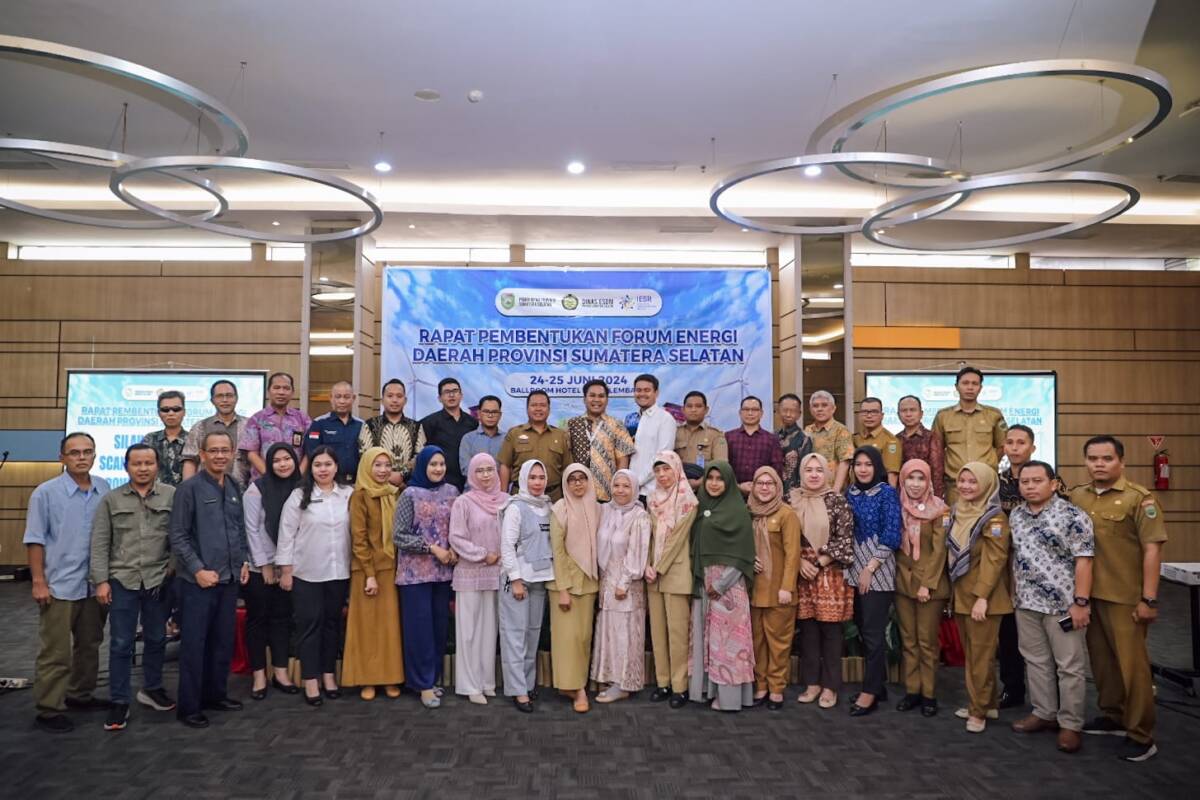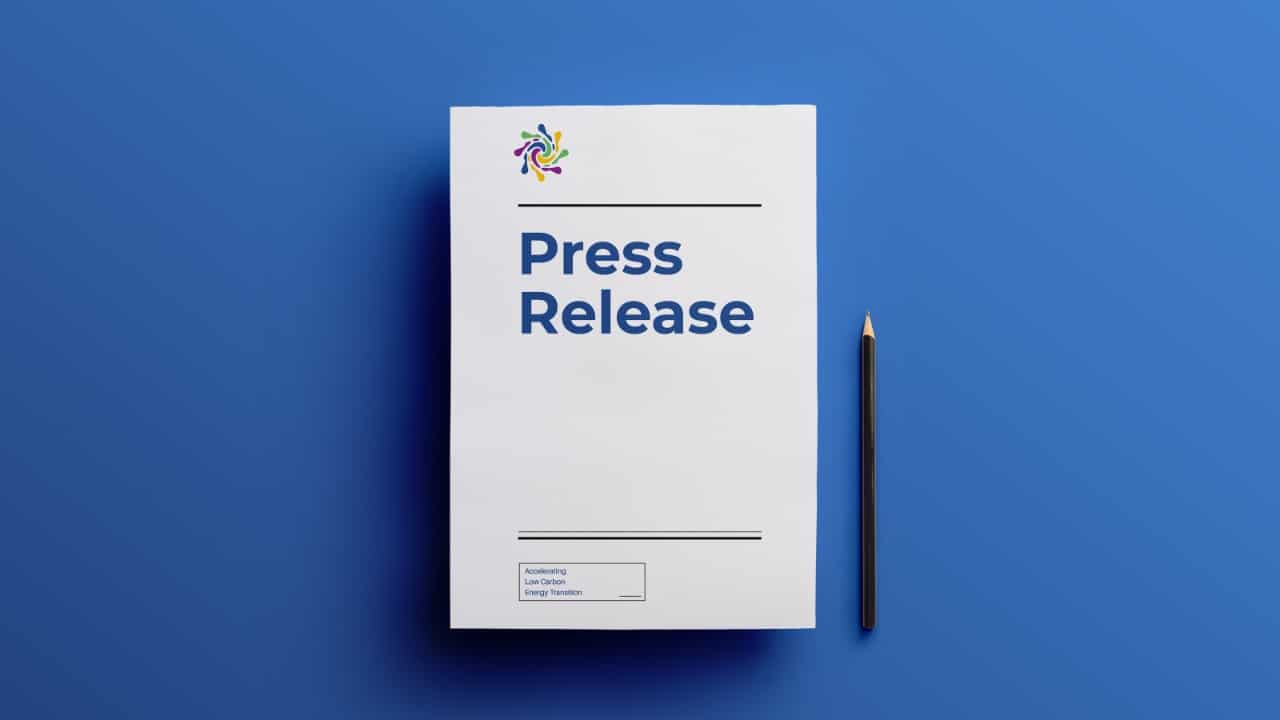
Palembang, June 27, 2024- The trend of energy transition in the world is projected to reduce coal demand, affecting the regional income of coal-producing provinces, such as South Sumatra. However, with renewable energy potential reaching 21,032 GW, South Sumatra can transform to renewable energy that contributes to achieving Indonesia’s carbon-neutral target (net zero emission) by 2060 or sooner. Preparing for this transformation must be prioritized to create a more sustainable and highly competitive economy.
For this reason, the Energy and Mineral Resources (ESDM) Office of South Sumatra Province, in collaboration with the Institute for Essential Services Reform (IESR), initiated the formation of the Regional Energy Forum on Tuesday (25/6/2024). The forum aims to strengthen coordination and synergy between stakeholders, encourage participation from various parties, and accelerate the achievement of renewable energy targets in South Sumatra. Its membership comprises provincial, district/city governments, academics, professional associations, business actors, and users.
The South Sumatra ESDM Office determines the three Working Groups (Pokja) that need to exist in the Energy Forum: the Working Group on Energy, the economic, social, and labor fields, and the advocacy field.
Marlistya Citraningrum, Program Manager of Sustainable Energy Access, IESR, mentioned that the South Sumatra Regional Energy Forum is expected to be a strategic forum for sharing information, collaborating across sectors, providing policy and program recommendations, and implementing concrete steps in supporting an equitable energy transition in South Sumatra.
“The Regional Energy Forum plays an important role in contextualizing the energy transition. In South Sumatra, the context is economic transformation from fossil energy-based to more sustainable. By becoming a strategic forum in the province, the impact of energy transition in coal-producing areas is expected to be mitigated through inclusive planning and engagement, and the Regional Energy Forum bridges input from various stakeholders,” Marlistya said.
Aryansyah, Head of Energy Division, Energy and Mineral Resources Agency of South Sumatra Province, said that the installed capacity of renewable energy plants in South Sumatra until 2023 reached 989.12 megawatts (MW).
“Biomass power plants (PLTBm), especially those used by the company itself (captive power) or not connected to the PT Perusahaan Listrik Negara (Persero) network, dominate with an installed capacity of 802.59 MW. In addition, there is a contribution from the installed capacity of geothermal, water, and solar energy reaching 175.71 MW,” said Aryansyah.
Citing data from the Central Statistics Agency (BPS), in 2024, 26.61 percent of South Sumatra’s regional income came from the mining and quarrying sector. However, regarding worker distribution, the mining and quarrying sector is only around 2.24 percent or around 98-105 thousand workers in 2023 from a total of 4.38 million working population. The highest distribution of workers comes from the agricultural sector (43.61%), followed by trade (15.40%) and the processing industry (7.02%).
In encouraging economic transformation and the use of renewable energy, Hari Wibawa, Head of Economic and Development Division, South Sumatra Bappeda, said that South Sumatra has set its targets in the Regional Long-Term Development Plan (RPJPD). These targets include achieving a green economy index of 62.22 percent by 2025 and a renewable energy mix of 23 percent by the same year.
“To encourage regional economic transformation, South Sumatra will develop renewable energy and green economy businesses, as well as strengthen the competencies of the workforce, community, and government,” Hari said.

